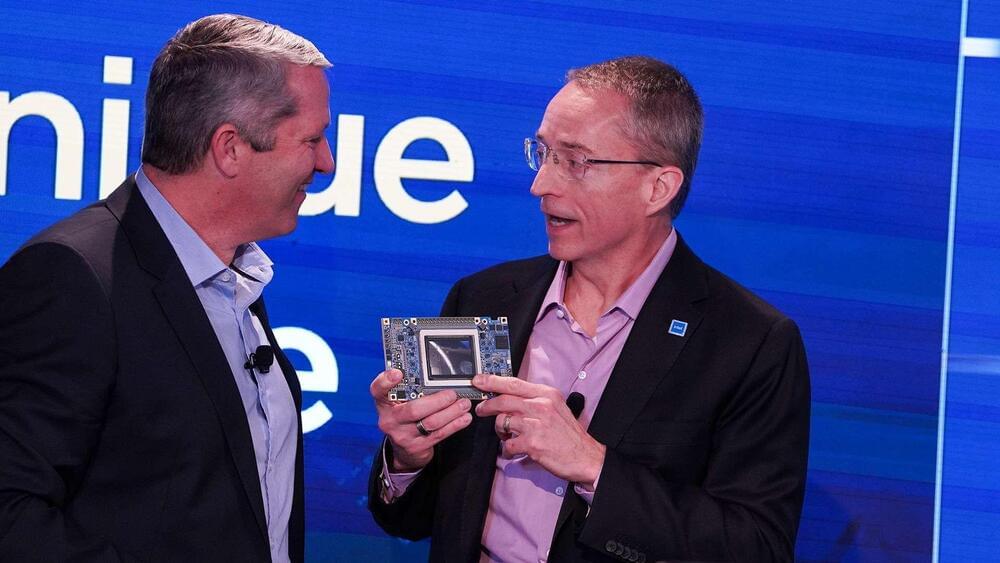The teacher shortage crisis is a major concern, casting a shadow on educational quality across the globe. In this academic climate, the rise of AI in the classroom sparks both hope and skepticism. Alpha school is leading the way, devoid of traditional teachers and reliant on its AI-powered curriculum and “guide” system. This innovative approach offers a glimpse of a promising future where technology and human ingenuity merge to redefine education.
AI has become a game-changer in education by customizing learning experiences according to students’ individual learning styles and paces. Alpha’s app-based tutoring system is a prime example of this. It is personalized for each student’s strengths and weaknesses, a significant departure from the traditional “one-size-fits-all” classroom approach. For instance, consider a child who struggles with math concepts. AI can modify the exercises and explanations to suit their learning style, enabling them to understand the material better.
Moreover, this AI-driven education system offers instant and detailed feedback, which may be lacking in some schools. Such immediate response fosters a deeper understanding and encourages a more engaged learning process. This level of individualized attention is a powerful tool for enhancing knowledge and engagement.




